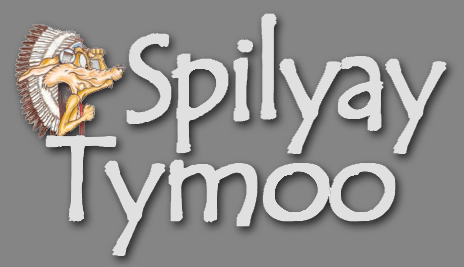The Harvard Project on Indigenous Governance and Development shares a list of recommended reading that highlight Indigenous governance narratives. Books include:
“Carbon Sovereignty: Coal, Development, and Energy Transition in the Navajo Nation,” by Andrew Curley
In his book, Curley looks at the Navajo Nation’s complex relationship with the coal industry and how the transition away from coal impacts the Nation’s political and economic state.
“Unworthy Republic: The Dispossession of Native Americans and the Road to Indian Territory,” by Claudio Saunt
Saunt details the harrowing history of “Indian Removal” and the forced displacement of tribes from their land to territory across the Mississippi River.
“Thinking in Indian: A John Mohawk Reader,” edited by Jose Barreiro
This collection of essays looks at issues of sovereignty, land rights, globalization, and many more, from a traditional yet modern understanding of the Native experience.
“Path Lit by Lightning: The Life of Jim Thorpe,” by David Maraniss
In a biography of Jim Thorpe, a member of the Sac and Fox Nation, Maraniss juxtaposes Thorpe’s major athletic accomplishments with a struggle against the odds. Throughout his life, Thorpe dealt with racism, financial hardship, and tumultuous relationships, surviving it all.
“Our Beloved Kin: A new history of King Philip’s War,” by Lisa Brooks
Brooks’s historical recount of the “First Indian War” details the stories of key players in the battle — like Weetamoo, a female Wampanoag leader, and James Printer, a Nipmuc scholar — to introduce readers to a new story of colonial New England and the origins of America.
“The Great Vanishing Act: Blood Quantum and the Future of Native Nations,” by Norbert S. Hill Jr. and Kathleen Ratteree
The Indian Reorganization Act of 1934 and the present-day conceptualizations and effects of it are brought to life in essays, personal stories, case studies, and satire.
“The Grass Dancer,” by Mona Susan Power
Set in North Dakota, Susan Power draws on her Sioux roots to bring to life a dramatic tale full of conflict, love, and magic.
“Killers of the Flower Moon: The Osage Murders and the Birth of the FBI,” by David Grann
When members of the Osage Nation — the richest people per capita in the world in the 1920s — are murdered, an FBI team goes undercover to work with the Osage and uncover a dark conspiracy.
“The State of the Native Nations: Conditions Under U.S. Policies of Self-Determination,” by Harvard Project on American Indian Economic Development
Written by Harvard Kennedy School Indigenous Governance and Development Project experts, this book showcases the true reality of modern-day Indigenous nations throughout the U.S. The book details contemporary challenges faced by tribes under current federal policies and how tribes continue to chart a path forward toward self-determination.
You can read the full list of options for materials with a Native American focus HERE


